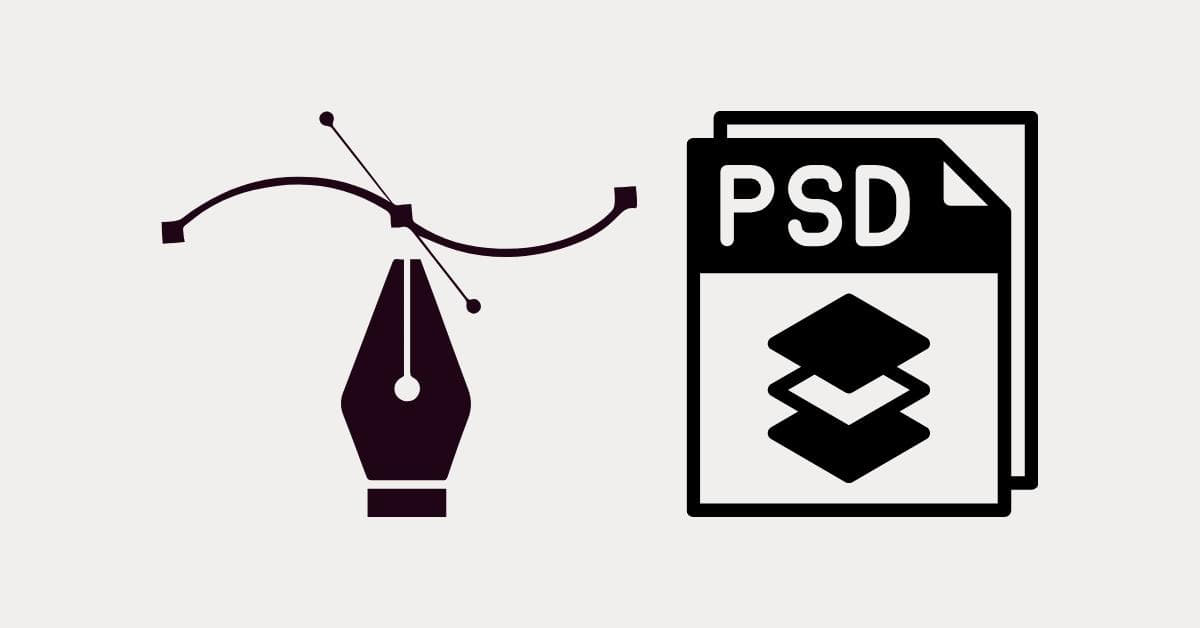Adobe Photoshop, renowned for its powerful image editing capabilities, offers a myriad of tools and features to enhance and manipulate your photographs. Among these, the Clipping Tool stands out as a versatile and essential resource for graphic designers and photographers. In this article, we will delve into the details of what the Clipping Tool is, how it works, and how to make the most of its capabilities.
What is the Clipping Tool in Photoshop?
The Clipping Tool, often referred to as the Clipping Path or Clipping Mask, is a fundamental feature in Photoshop. It is used to isolate and separate specific parts of an image from the rest, creating a defined boundary that restricts the visibility of certain areas while preserving others. This technique is incredibly useful for removing backgrounds, creating image cutouts, or adding custom shapes to your photographs.
How Does the Clipping Tool Work?
1. Layer Clipping Mask: To create a Clipping Mask, start by placing the object or image you want to isolate on one layer and the background or the base image on another. Then, follow these steps:
- Select the top layer (the one you want to clip).
- Go to ‘Layer’ in the menu and choose ‘Create Clipping Mask.’
- The top layer will now be confined to the shape of the bottom layer.
2. Clipping Path Technique: Alternatively, you can use the Pen Tool to draw a path around the object you wish to isolate. Once the path is complete, right-click and choose ‘Make Selection.’ Finally, go to ‘Layer’ and ‘Create Clipping Mask’ as mentioned in the first method.
3. Clipping with Text: You can also use text as a clipping mask. Create a text layer and place it above the image layer you want to clip. Right-click on the text layer and select ‘Create Clipping Mask.’
Why Use the Clipping Tool?
The Clipping Tool is a must-have for various purposes:
- Background Removal: Whether it’s for product photography or creative design, the Clipping Tool can cleanly remove backgrounds, leaving you with a crisp and professional image.
- Custom Image Shapes: You can easily add custom shapes and silhouettes to your images, making them more engaging and distinctive.
- Layer Styling: When you need specific layer styles or effects to apply only to a particular object in your image, the Clipping Tool helps you achieve this.
- Text Effects: You can create unique text effects that interact with the underlying image, allowing for creative and eye-catching typography.
FAQs
1. Can I edit a Clipping Mask once it’s applied?
Yes, you can! To edit the content within a Clipping Mask, simply select the layer you want to modify and make your changes. The Clipping Mask will automatically update to reflect your edits.
2. How can I release a Clipping Mask?
To release a Clipping Mask and revert to the original layers, right-click on the layer and select ‘Release Clipping Mask’ or ‘Unclip Layer.’
3. Can I use the Clipping Tool in Adobe Photoshop Express?
No, Adobe Photoshop Express, a simplified version of Photoshop, does not offer the Clipping Tool. You would need to use the full version of Adobe Photoshop for this feature.
4. Are there any limitations to the Clipping Tool?
The primary limitation of the Clipping Tool is that it works exclusively on raster layers, meaning you cannot use it on vector shapes or smart objects.
5. Can I create complex shapes using the Clipping Tool?
Yes, you can create complex shapes by combining multiple paths using the Pen Tool, which allows for intricate selections and masks.
Conclusion
The Clipping Tool in Photoshop is an invaluable asset for graphic designers, photographers, and anyone looking to enhance their image editing skills. With its ability to create precise masks and cutouts, it opens up a world of creative possibilities. Understanding how to use this tool can significantly improve your image manipulation and design capabilities. So, don’t hesitate to explore and experiment with this feature to unlock its full potential. Happy editing!
This page was last edited on 19 February 2024, at 3:17 pm
